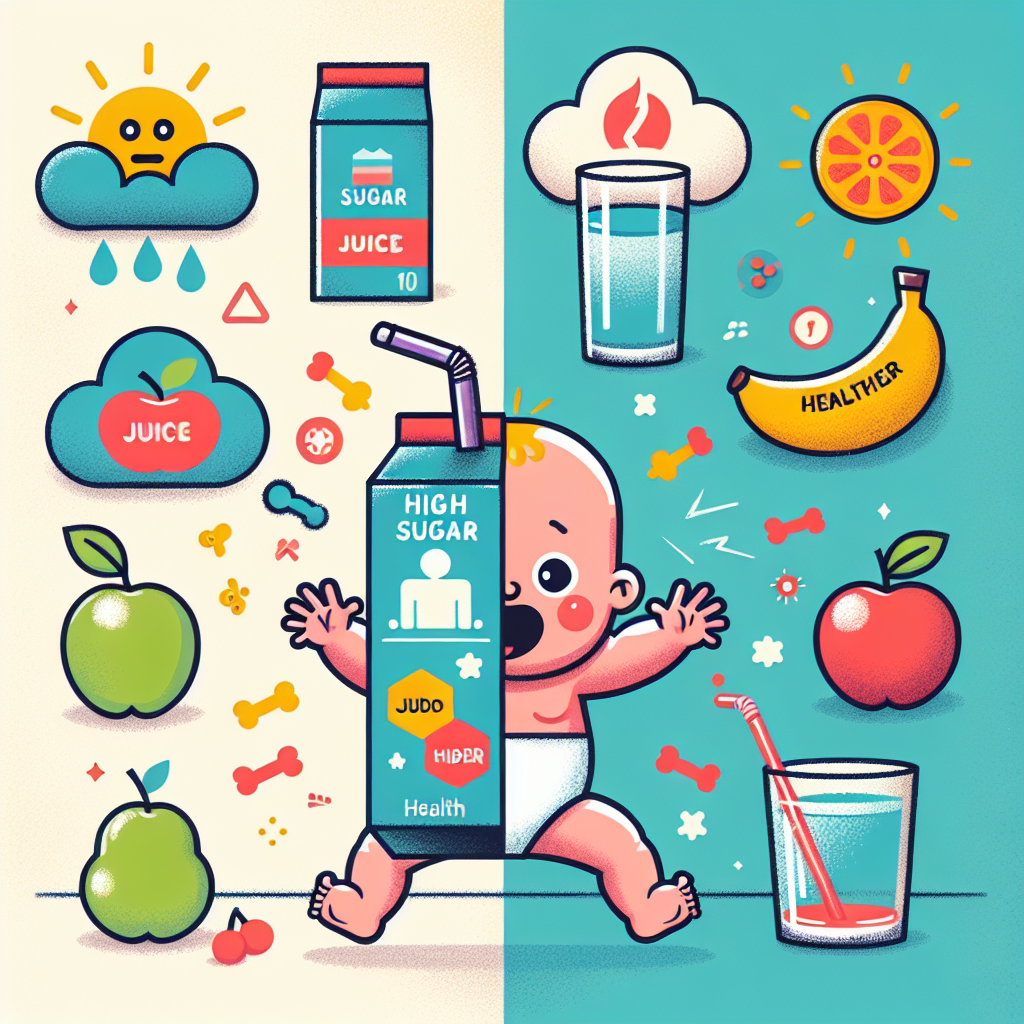Juice for Babies: Recommended or Avoided?
Introducing solid foods and drinks into a baby's diet is an important and uncertain time for parents. One of the common dilemmas is whether juice is suitable for little ones. In this article, we'll explore key aspects of child development in relation to juice consumption, looking at the potential benefits and risks.
Stage I: Advice from Pediatricians
A pediatrician is best placed to provide personalized recommendations when it comes to a baby's diet. According to the American Academy of Pediatrics (AAP), juicing is not recommended for babies under 1 year of age unless directed by a doctor. Juices, even those without added sugar, can contain large amounts of natural sugars, which can increase the risk of tooth decay and reduce appetite for nutritious foods.
Stage II: Food Diversification
The diversification process should start with solid foods such as iron-fortified cereals and fruit and vegetable purees. Juices do not provide the nutritional benefits of whole fruit, such as fiber, and can lead to overeating. Also, regular consumption of juices can lead to the habit of eating sweeter foods, which is not indicated for the formation of healthy eating habits.
Stage III: Recommended Amount of Juice
If you choose to introduce juice into your child's diet after age 1, it's important to limit yourself to small amounts—no more than 4-6 ounces (118-177 ml) per day. It is preferable for the juice to be 100% natural, without added sugars, and to be served in a normal cup, not in a bottle or a "sippy cup", to avoid prolonged exposure of the teeth to sugar.
Stage IV: Choosing the Right Juice
If you do decide to offer juice, choose versions without added sugar and with labels that say "100% juice." Also, avoid juices from concentrates, which may contain added sugar or other substances such as preservatives. Alternatively, you can make fresh fruit juices at home to control the amount of natural sugar present.
Stage V: Interaction with Other Foods and Drinks
Another aspect to consider is how juicing interacts with the rest of the diet. Juice rich in vitamin C, for example, can help absorb iron from food, which is beneficial. However, do not replace main meals with juice, as it cannot provide protein, healthy fats, vitamins and minerals in sufficient ways to support proper growth and development of the child.
Conclusion
In summary, juicing in babies should be approached with caution and under the supervision of a specialist. It is essential that you receive advice tailored to your child's age and individual needs, following recommendations for the amount and type of appropriate juice. Ideally, the child should first enjoy the benefits of whole solid foods before exploring juice options. Remember, your child's health and well-being always come first, so make dietary decisions with care and information.














































































































































